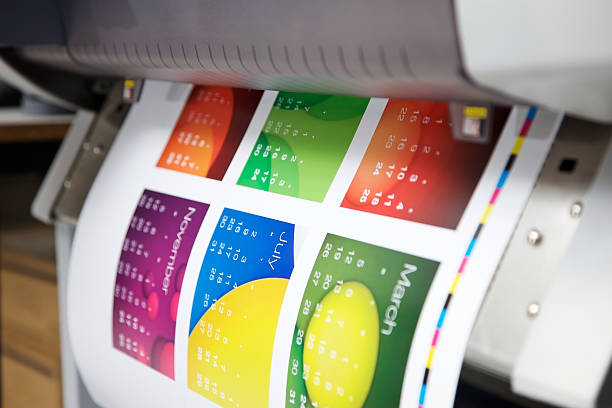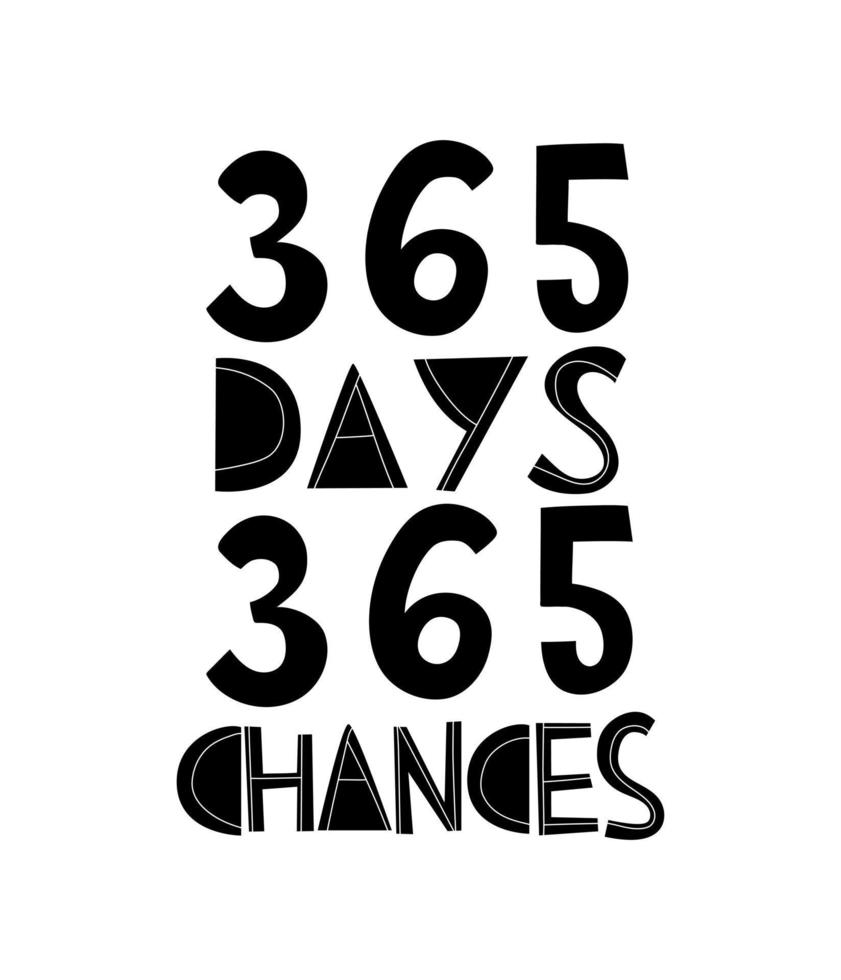
Are you a professional, a student juggling deadlines, or someone aiming to enhance your daily routine in Australia? The choice between a print calendar and a digital one significantly affects your productivity and organisation. This piece will explore the advantages and disadvantages of each, guiding you to pick the best fit for your lifestyle and requirements.
The debate between print and digital calendars has been ongoing among Australians. It’s crucial to grasp the unique aspects of each option, given the digital age’s influence and our growing dependence on technology. Understanding these differences can greatly influence your daily habits and long-term ambitions.
When making your choice, think about the benefits of handwriting your schedule, the ease of digital integration, and how habits influence your goals. Additionally, consider how you can create personalized print calendars by uploading images, choosing layouts, adding custom text, and decorations, and customizing important dates. By the conclusion of this article, you’ll be well-informed to choose a calendar system that propels your personal and professional success.
The Importance of Calendars in Organising Life
Calendars have been crucial to human life for centuries, aiding in the documentation and tracking of vital dates, events, and holidays. They’ve been pivotal in structuring our daily routines, from setting up meetings to orchestrating major life events.
Calendars: A Centuries-Old Tradition
Throughout the ages, calendars have been indispensable for maintaining order and fulfilling duties. Monthly calendars, in particular, have helped mark crucial dates like birthdays, anniversaries, and deadlines, proving their worth in simplifying life’s complexities.
The Evolving Needs of Modern Life
Yet, with the advent of complex and rapid modern living, traditional paper calendars no longer suffice. The need for more functionality and ease has propelled the adoption of digital calendars. These digital tools offer numerous advantages for managing our hectic schedules. “Calendars have been used for centuries to document and keep track of important dates and events in our lives.” Today, we have a plethora of options for time management, from bespoke wall calendars to sleek desk planners. Whether you favour the hands-on experience of a planner, the ease of a digital calendar, or the variety of a printable calendar, these tools are indispensable. They help us navigate our schedules effectively and strive towards our objectives.
The Rise of Digital Calendars
Recent studies show that 70% of people now use digital calendars to manage their lives. These tools offer the ease of accessing schedules from anywhere, facilitating better planning, and setting reminders. Such features have significantly boosted the popularity of digital calendars in Australia and globally. Additionally, digital calendars provide various customization options, including print settings for paper size, orientation, and the ability to add notes, as well as formats like PDF and Excel.
Convenient Access Anywhere
Digital calendars provide the flexibility to check your schedule on any device, like smartphones, tablets, or computers. This ensures you can manage tasks and appointments throughout the week anywhere, enhancing your productivity and organization.
Optimized Planning
Users can effortlessly plan and adjust events, set reminders, and receive notifications with digital calendars. The ability to sync across devices keeps your schedule current and accessible, ensuring smooth operation of your plans.
For added convenience, you can choose calendar formats where the week starts on Monday, making it easier to set reminders and notifications.
Seamless Reminders
Setting reminders for events, appointments, and deadlines is a core advantage of digital calendars. These reminders can be tailored to prevent missing crucial events, aiding in fulfilling your commitments and obligations for the whole year. “The convenience of digital calendars has transformed the way I manage my life. Being able to access my schedule from anywhere and set reminders has been a game-changer in terms of my productivity and organization.
- Sarah, 29, Small Business Owner
The Benefits of Printable Calendars

Printed calendars, despite the rise of digital alternatives, hold distinct advantages. Handwriting tasks improves memory and learning. This method engages the brain more deeply than typing on a screen.
Moreover, marking off tasks on a physical calendar boosts dopamine levels, enhancing a sense of achievement. Paper planners also offer extensive customisation and creativity. This allows you to personalise your planning to meet your specific needs and tastes.
Improved Memory and Learning
Writing by hand significantly boosts memory and learning. The interaction between your hand, pen, paper, and the inclusion of images makes the experience more engaging and memorable. This stands in contrast to the more passive nature of typing on a digital device.
Stronger Sense of Accomplishment
Marking tasks as completed on a free physical calendar elicits a more pronounced dopamine response. This leads to a deeper sense of satisfaction and achievement. Such tangible feedback acts as a strong motivator, pushing you to keep up with your tasks and continue checking them off.
Customisation and Creativity
Paper planners provide extensive options for customisation and creativity. You can select your preferred layout and design for each page, and then embellish it with stickers, doodles, and handwritten notes. This flexibility allows you to make your planning process uniquely yours, reflecting your personal style and preferences.
The Drawbacks of Print Calendar
Print calendars have their benefits, but they also present some drawbacks. Carrying an extra item and remembering to bring it along can be a hassle, especially for those with hectic schedules. This issue is more pronounced for individuals always on the move or managing numerous commitments.
Print calendars fall short in terms of reminders and collaborative tools compared to digital ones. Digital calendars send automatic alerts, helping users keep track of their schedules and never miss crucial events. They also facilitate sharing and coordination with others, which is not easily achievable with print calendars. This deficiency makes it harder to manage time effectively and stay organized.
Moreover, the process of setting up and maintaining a print calendar is time-consuming. It involves physically writing down details, which can lead to errors. Correcting these mistakes on a print calendar is often challenging, unlike the ease of editing digital calendars. This adds extra effort and frustration for users seeking a more streamlined planning process. Unlike digital options, print calendars do not offer the flexibility and variety found in other calendars, making them less adaptable to diverse needs.
Print Calendar and Mindfulness
Writing things down by hand on a print calendar has been found to enhance mindfulness. It aids in sorting out thoughts and feelings. This act of putting pen to paper offers a calming and reflective experience. It helps you to be more present and intentional with your planning.
Share these benefits with your friends and encourage them to experience the mindfulness that comes with using print calendars.
Mindfulness and the Print Calendar
Handwriting has a positive effect on mindfulness. Recording your thoughts and plans physically keeps you focused and grounded. This is crucial in our digital age, where distractions abound from constant information and notifications.
Commitment to Positive Habit Formation
Using a physical planner is a step towards forming good habits. A print calendar’s tangible nature acts as a constant reminder of your goals and priorities. This is especially helpful for those who find it hard to stay focused or follow through with digital tools only.
“Over half of the daily challenges in the Mindful Living Calendar for May are built upon the teachings and themes presented in the Daily Calm meditations.”
Five Horrizons Book Printing
The Mindful Living Calendar offers various formats like desktop wallpapers, subscription services, and printable PDFs. Users are encouraged to share their mindfulness journey. They can use hashtags like #YearOfCalm and #DailyCalm on Instagram, Twitter, Facebook, and the Daily Calm Community.
The Advantages of Digital Calendars
Digital calendars surpass traditional paper calendars in many ways, boosting productivity and organisation. Their key benefit lies in allowing access to your schedule from anywhere, on any device. This feature ensures you remain in control of your plans, regardless of your location. Additionally, digital calendars offer customization options such as the ability to start the week on Monday.
These calendars provide unmatched convenience through easy access and portability. Users can swiftly check their schedules on phones, tablets, or computers. Moreover, they enable setting multiple reminders for events or tasks. This feature is crucial, as it helps avoid missing out on important activities, unlike paper calendars which depend solely on memory.
Optimized Planning and Time Savings
Digital calendars also excel in optimising planning by automating tasks and setting reminders. They offer features that significantly reduce time spent on scheduling and increase efficiency. The automatic update and syncing across devices streamline schedule management, outperforming paper calendars in this regard.
Sharing schedules with others for collaborative projects or planning is another advantage of digital calendars. This is not possible with traditional paper calendars. Integration with apps like email and to-do lists allows users to add appointments or tasks directly to the calendar. This integration enhances time management significantly.
Customisation options in digital calendars, such as colour-coding events or adding notes/attachments, provide personalised organisation features not found in paper calendars. Moreover, using a digital calendar is environmentally friendly. It reduces waste by eliminating the need to purchase a new paper calendar annually, thus contributing to environmental impact reduction.
Print Calendar for Productivity

Printable calendars are a powerful tool for boosting productivity. Writing down tasks by hand clarifies thoughts and deepens connection with priorities. This method aids in better understanding and remembering information, leading to enhanced productivity and a clear sense of purpose.
Paper planners act as a constant reminder of your goals, offering focus and accountability. They are particularly beneficial for those who prefer hands-on organisation. The physical presence of a calendar prompts you to stay on track and honour your commitments.
The Power of Pen and Paper
Handwriting engages a unique part of the brain compared to typing. This process improves comprehension and memory, boosting productivity and purpose. Crossing off tasks on paper gives a dopamine boost, reinforcing your achievements and motivating further effort.
A Constant Companion
Print calendars stand out from digital ones, serving as a constant reminder of your plans and goals. They offer a tangible reference point, keeping you focused and accountable. For those who favour a hands-on approach, a print calendar is crucial for maintaining productivity and reaching goals.
Print Calendar and the Tech Culture
In today’s tech-heavy world, print calendars and planners, including the monthly calendar, are still widely used. Japan, a leader in technology, has a vibrant “tech (planner) culture”. This culture involves planning through writing, drawing, and colour-coding on paper. It shows that the physical act of planning and the mindfulness it brings are still valuable in our digital age.
The Enduring Appeal of Print Calendars in Japan
Japan, a global tech leader, holds onto print calendars and planners deeply. This “tech (planner) culture” underscores the significance of planning by hand. It brings mindfulness, even in a society deeply digital.
- The Japanese believe writing by hand organises thoughts and deepens connection with tasks.
- Colour-coding and drawing in planners offer customisation and creativity hard to find in digital tools.
- Completing tasks on a physical calendar gives a unique sense of achievement that digital ones might not match.
In Japan, the print calendar culture thrives, showing the lasting value of physical planning in our tech-driven world. Writing, drawing, and planning on paper boosts mindfulness and improves the planning process. This is true even in societies heavily reliant on technology.
Conclusion
The choice between a print calendar and a digital one hinges on your unique needs, preferences, and lifestyle. Each option brings its own set of benefits and drawbacks. The ideal approach might blend elements of both. Whether you lean towards the hands-on nature of a paper planner or the digital ease of a calendar, the essence lies in selecting a method that supports your goals and enhances daily productivity and focus.
For those who cherish the act of handwriting and the satisfaction of marking off completed tasks, a print calendar might be the better fit. Conversely, the digital calendar’s accessibility and optimisation features are crucial for those with hectic, varied schedules. The choice ultimately rests on your work habits, lifestyle, and the demands of your daily tasks.
As technology advances, the distinction between print and digital calendars is set to diminish, with new solutions that amalgamate the strengths of both. The future of calendar solutions may also include the convenience of a printable calendar, offering free downloadable and printable options in various styles, formats, and colors. By keeping an open mind and exploring the array of options, you can discover a calendar solution that empowers you to maintain control over your branding and ROI








